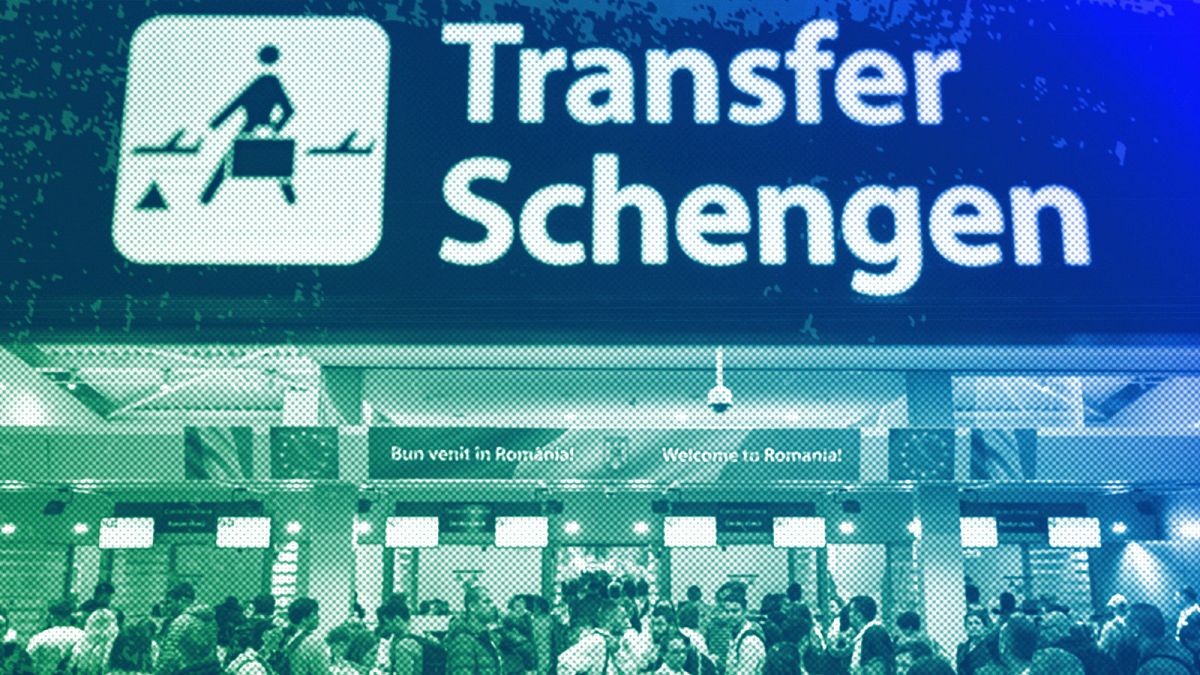
Digitalisation, although well-intentioned, may well lead to more complexity for the applicant and more of a workload for consular staff, Michel Dejaegher writes.
The European Parliament is developing plans to reform visa application procedures in the Schengen area by moving from a system where travellers are required to apply in person to get physical visa stickers to a digital system instead.
The idea is that no longer will travellers apply for individual visas; instead, they’ll apply for an EU visa through one EU visa platform, which will allow them to download an e-visa directly to their smartphone.
All applicants will be required to do is to upload electronic copies of their travel documents along with other supporting materials, followed by the payment of the visa fees.
This has the potential to streamline the visa application process immensely for travellers and it is to European governments’ credit that they have reached an agreement on this in principle.
And, in theory, it sounds like a seamless visa application process. But in practice, I can foresee a number of difficulties.
Different countries, different rules
When you have one country on its own introducing a digitalisation process, you apply one set of rules and regulations and there is a single national authority harmonising and checking the practice of consulates.
It is not an easy task, but it does not reach the level of complexity encountered when such a digitalisation process must be implemented across nearly 30 different countries.
In theory, the Schengen visa system is based on identical rules and regulations. It is mainly true, and it is quite an achievement, as national policies can be very different. However, there are still many exceptions, which a digitalisation platform will have to integrate.
First, the platform will have to inform applicants whether they need a visa or not. Most visa waivers are common.
However, there are national exceptions such as employment (some Schengen member states do not apply the visa waiver if the third-country national is due to take employment), for airline and ship crews, holders of diplomatic or service passports and school children.
Second, a harmonised list of supporting documents needs to be displayed. To date, common consular lists have been established, but when you examine them, you realise that these lists are generic and rather vague — whereas if those supporting documents must be uploaded by applicants, they have to be very precise and limited.
Varying requirements might lead to confusion
Supporting documents are not always the same, either. For example, French consulates require a formal and secured invitation by a family member or a friend whereas other member states accept different types of invitations.
It’s the same for the financial resources: the daily minimum amount is not the same for every Schengen member state.
And as a traveller may visit several countries during his short stay, the platform will have to check not only which Schengen country is competent to examine the visa application (considering the rather vague concept of “main destination” where there is room for appreciation), but also record the number of days spent in each country so that the amount of financial resources may be calculated.
Some countries already ask (or intend to ask) external service providers — such as outsourcers — to scan all pages of the travel documents of visa applicants in three different colours as a security precaution.
The EU regulation, as it is now, provides for only a copy of just the identity page in one colour. However, I don’t believe Schengen governments will want to reduce this level of security.
The road to Schengen is paved with good intentions
My sense is that digitalisation, although well-intentioned, may well lead to more complexity for the applicant, meaning consulates could be inundated with queries, which will create more of a workload for consular staff.
So, either Schengen governments could allow unregulated commercial intermediaries to assist applicants at a high price without any control — or, as I foresee, continue to regulate external service providers to provide controlled visa processing and support services, reducing the burden on the applicant and the consulate.
Indeed, many countries already use outsourcing services for providing logistic non-judgmental assistance to issuing visas, passports, and consular services.
The introduction of external service providers was aimed at solving the problem of the time pressures on consulates and embassies from a growing number of applicants and the need to record their biometric data, together with increasing security measures in consulates.
The time-consuming task of receiving applicants, accepting, and managing visa applications, checking applicants’ documentation is correct and collecting their biometric data is transferred to external service providers.
This has allowed consular services to focus on the essential task — granting or refusing the application — rather than getting bogged down in the administration or queries in processing the application.
In the era of smartphones and technological progress, digitalisation can certainly be an advance. But it will almost certainly require external service providers to make the process work smoothly.
